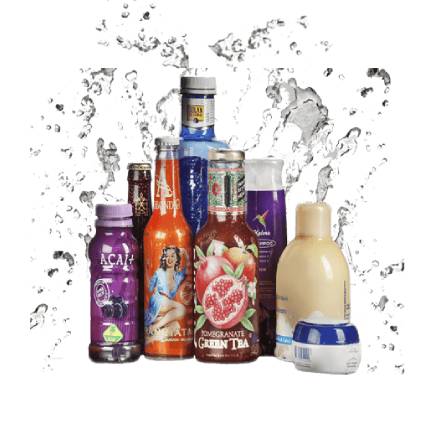Home > Company News > What Are The Two Types Of PVC Shrink Film?
Company News

PVC Shrink Film can be divided into soft Heat Shrink Films and hard heat shrink film. Hard PVC accounts for about 2/3 of the market, and soft PVC accounts for 1/3. Soft PVC is generally used for floors, ceilings and leather surfaces, but because soft PVC contains softeners (this is also the difference between soft PVC and hard PVC), it is easy to become brittle and difficult to store, so its scope of use is limited. Hard PVC does not contain softeners, so it has good flexibility, easy molding, not brittle, and long storage time, so it has great development and application value. Below are referred to as PVC. The essence of PVC is a kind of vacuum blister film, which is used for the surface packaging of various panels, so it is also called decorative film, attached film, used in building materials, packaging, medicine and many other industries. Among them, the building materials industry accounts for a major proportion of 60%, followed by the packaging industry, and there are several other small-scale applications.
It has been learned from Automotive Shrink Film Supplier that different container shapes have different requirements for material shrinkage. For example, an approximately cylindrical container with a low shrinkage rate can be considered to use OPP or PVC materials, while a container with a more curved or streamlined design can be considered an OPS film with high shrinkage rate and strength. OPS film can be closely attached to containers of various shapes, not only can print exquisite patterns, but also meet the use of novel packaging containers with different shapes. OPS is non-toxic, tasteless, oil-resistant, and meets food hygiene standards. It allows designers to use eye-catching colors to achieve 360° label design, give full play to creativity and imagination, and make label patterns more vivid and prominent The image on the shelf has an unexpected container effect. For example, the new curved glass bottle of Blue Ribbon Beer in China uses a high shrinkage OPS substrate and uses a solvent-based adhesive for labeling.

PVC Shrink Film
Using low-density polyethylene (LDPE), linear low-density polyethylene (LLDPE) and high-density polyethylene (HDPE) as raw materials, heat shrinkable films are prepared by blow molding. The influence of factors such as raw material formula, mold inflation ratio, film blowing machine draft ratio, extrusion temperature and bubble cooling time on the mechanical properties and transparency of polyethylene heat shrinkable film was studied. The results show that: compared with HDPE, the heat shrinkable film produced by adding LLDPE raw materials in the formula has better overall performance; with the increase of the draft ratio of the unit operation, the tensile performance, shrinkage rate and The light transmittance shows an upward trend; with the increase of the mold expansion ratio, the longitudinal shrinkage rate of the PE heat shrinkable film decreases, and the transverse shrinkage rate and light transmittance increase; with the increase of the extruder process temperature, PE The longitudinal and lateral shrinkage rates of the heat shrinkable film increase at the same time; with the extension of the bubble cooling time, the longitudinal and lateral shrinkage rates and light transmittance of the PE heat shrinkable film decrease.
Some users will refer to other synthetic leathers such as PVC and PU leather as artificial leather or imitation leather. Both PVC and PU are polyvinyl chloride (a kind of plastic), but the manufacturing processes of these two products are different. In the manufacturing process of PVC leather, the plastic particles must be melted and stirred into a paste, and evenly coated on the T/C knitted fabric base according to the specified thickness, and then entered into the foaming furnace for foaming, so that it has different products. It can be adapted to produce various and different requirements of softness, and surface treatment (dying, embossing, polishing, matting, polishing, etc., are mostly carried out according to specific product requirements) at the same time as it is baked.
1. The chemical industry refers to the compound polyvinyl chloride. This is the meaning of the wide use of PVC.
2. Medically refers to an irregular heartbeat.
-
BOPP pearlized Film Bopp Film
-
HDPE film HDPE packaging film bags
-
4.5microns BOPET polyester thermal transfer basic film
-
BOPET polyester thermal transfer basic film
-
4.0Mic BOPET polyester thermal transfer basic film
-
4.2Mic BOPET polyester thermal transfer basic film
-
4.4Mic BOPET polyester thermal transfer basic film
-
4.5Mic BOPET polyester thermal transfer basic film
-
4.5Mic BOPET thermal transfer basic film
-
BOPET thermal transfer basic film 4.5Mic
-
BOPET thermal transfer basic film
-
35Mic BOPP Thermal Lamination Film Glossy


